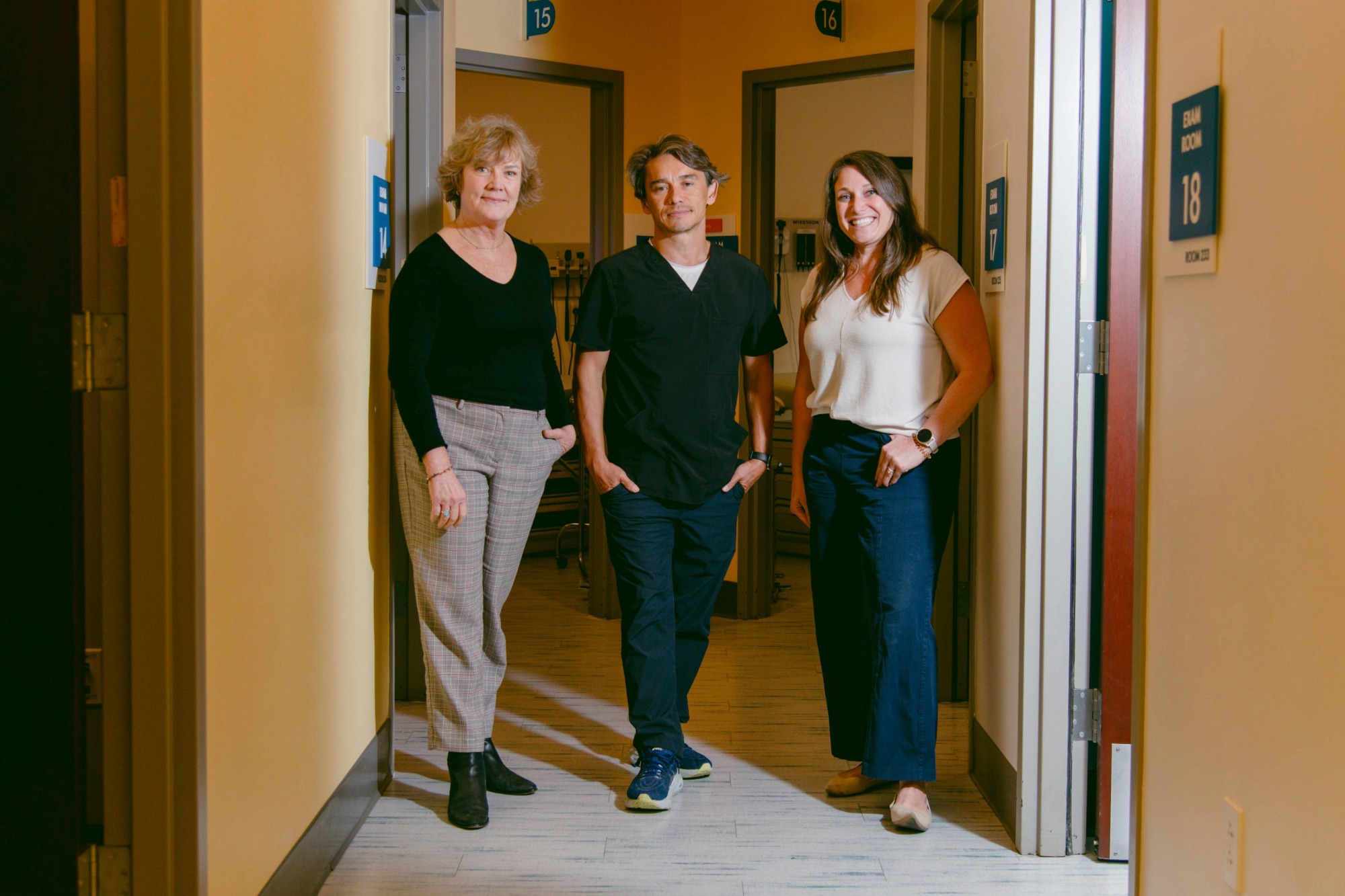Download the fact sheet
Jump to All Downloads & LinksAs the CalAIM (California Advancing and Innovating Medi-Cal) program’s Enhanced Care Management and Community Supports reach their fourth year since statewide launch in 2022, how are these programs being experienced by the people they are intended to support? In a major research project supported by CHCF, Los Angeles research firm EVITARUS interviewed 99 people with complex needs and eight focus groups with caregivers across Alameda, Fresno, Humboldt, and Los Angeles counties.
In the full report In Their Own Words: What Californians with Multiple Health and Social Needs Say About Their Care, published in June 2025, participants described their experiences with the health care system.
This fact sheet centers the perspectives of people returning to the community after incarceration, one of the groups CalAIM was designed to serve.
What People Transitioning from Incarceration Need Most
The research identified three critical needs:
- Providers with lived experience and empathy. People transitioning from incarceration noted that they could form relationships built on trust and relatability with care providers who have lived experience.
- Significantly better access to treatment options for behavioral health conditions. Without sufficient support, participants found themselves returning to jail for the same reasons they were initially incarcerated.
- More help in finding housing and jobs. Interviewees shared stories of being released in the middle of the night with no guidance on where to seek support.
A Story That Illustrates the Challenge
Consider this participant’s experience: A 70-year-old Black man from Alameda County decided not to attend substance use treatment because of stigma he faced due to his incarceration history. Despite battling addiction to cocaine and prior arrests for drug possession, he only attended rehabilitation programs when they were court-ordered.
Upon completion of this treatment, he relapsed and continued using cocaine as well as other substances. He did not seek additional treatment because of negative experiences in the court-ordered program. He was stigmatized by his care manager because of his incarceration, and he felt that his treatment was dehumanizing as he was scrutinized, afforded no room for relapse, and threatened with return to jail: “the [care manager], she acted like all she wanted to do was put you in jail, you know? You make one little mistake, she ain’t going to give you no chance. She was going to send you to jail… That turns you off, man.”
He desires substance use care that is empathetic, humanizing, and creates a space in which he can make mistakes and express vulnerability about his battle with addiction, rather than care built on fear of recidivism and distrust.
Promising Approaches to Better Care
Here are three resources that may help readers better understand both the needs of people who are leaving incarceration and approaches implementers are taking to meet those needs:
- CalAIM Explained: Caring for Californians Leaving Incarceration outlines the reentry process and opportunities to best serve this population, both before and after release from incarceration.
- Eleven California counties shared their approaches and lessons learned from early implementation of CalAIM’s Justice-Involved Reentry Initiative.
- The Transitions Clinic model serves the needs of people recently released from incarceration. Participating clinics include a community health worker with a history of incarceration as part of the health care team. There are 21 programs operating in California.
Read the Fact Sheet
Authors & Contributors
Xinran Wang
EVITARUS
Caden Schepps
EVITARUS





